

Exploring beauty’s artistic representations across history at the Louvre through a special itinerary leaves me pondering: what is beauty?
As a concept shaped by cultures, civilisations, and epochs, can beauty be universal? “De Toutes Beautés!” (Of All Beauties), an enlightening exhibition at the Louvre in Paris, made possible through a cultural mediation partnership with the cosmetics group L’Oréal, offers a rare opportunity to reflect on aesthetic standards and their social significance throughout history.
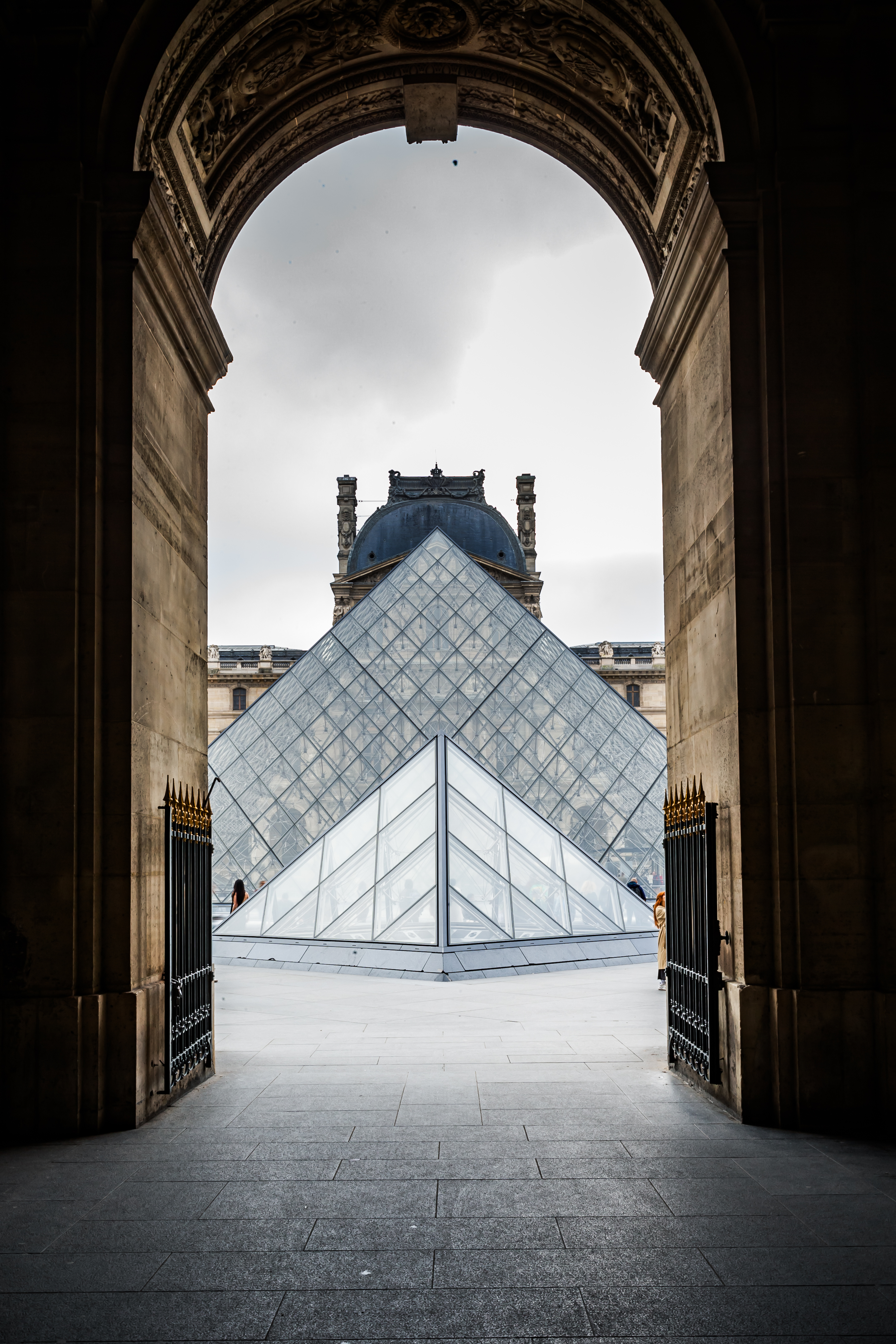
A view of the Louvre in Paris, hosting De Toutes Beautés!, an exhibition exploring the connection between art and beauty, made possible through a cultural mediation partnership with L’Oréal. Courtesy of L'Oréal Groupe
De Toutes Beautés! A Journey Through the Representations of Beauty at the Louvre
This journey invites visitors to explore over 10,000 years of art and history through a curated selection of 108 works, each highlighted by dedicated labels. As guests move through the museum’s galleries, they discover beauty rituals, objects, and practices, the idealised visions of beauty that have shaped societies, and the deeper questions surrounding appearance and beauty, shedding light on the transformations of cultures throughout the ages.
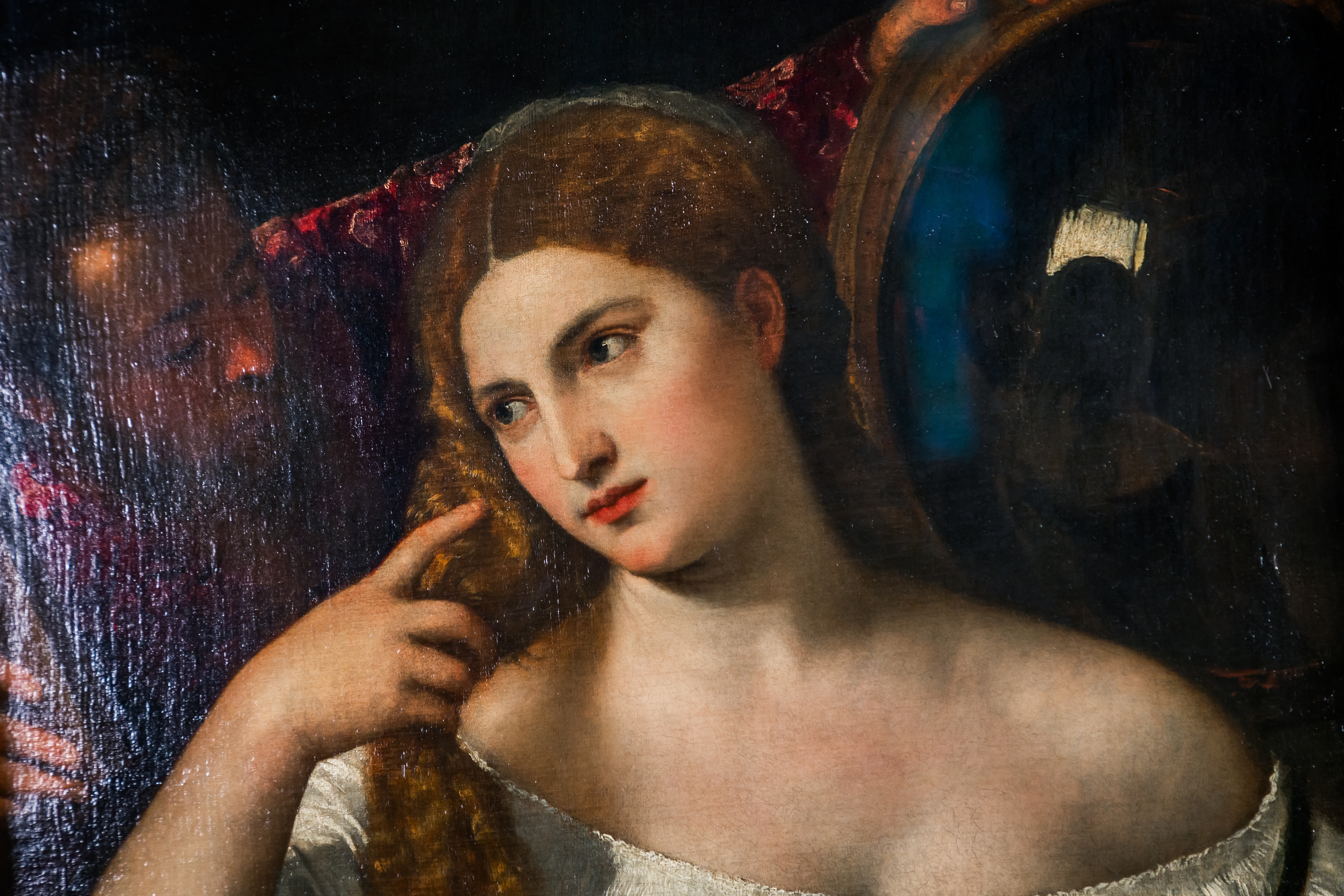
"La Femme au miroir" (1525/1550) by Titian, showcased at the Louvre as part of De Toutes Beautés!, an exhibition made possible through L’Oréal’s cultural mediation, celebrating the timeless dialogue between art and beauty. Photo by Nicolas Romieu. Courtesy of L'Oréal Groupe
In addition to the museum’s scientific labels, a more immersive experience awaits through a web application accessible via a QR code. This application provides personal narratives for each work—allowing the pieces themselves to “speak” and recount their stories in the first person. Imagine listening to the voice of Néfertiabet, whose precious beauty products journeyed with her into the afterlife, or exploring the ideals of Greek perfection embodied in the Hermès Richelieu statue.
A student from Istituto Marangoni Paris reflects on how this exhibition might forever change our perception of beauty, challenging traditional views and encouraging a deeper understanding of its complex history.
What is Beauty?
I recently visited the itinerary at the Louvre, which examines the concept of beauty across various centuries and cultures. Moving through such a broad historical timeline prompts a fundamental question: If beauty isn’t (solely) in the eye of the beholder—if it’s not (entirely) subjective—how are we influenced by the principles that define it? And is it possible for us to codify these principles? Are they universal, or is there at least something universal within the ever-evolving idea of beauty?
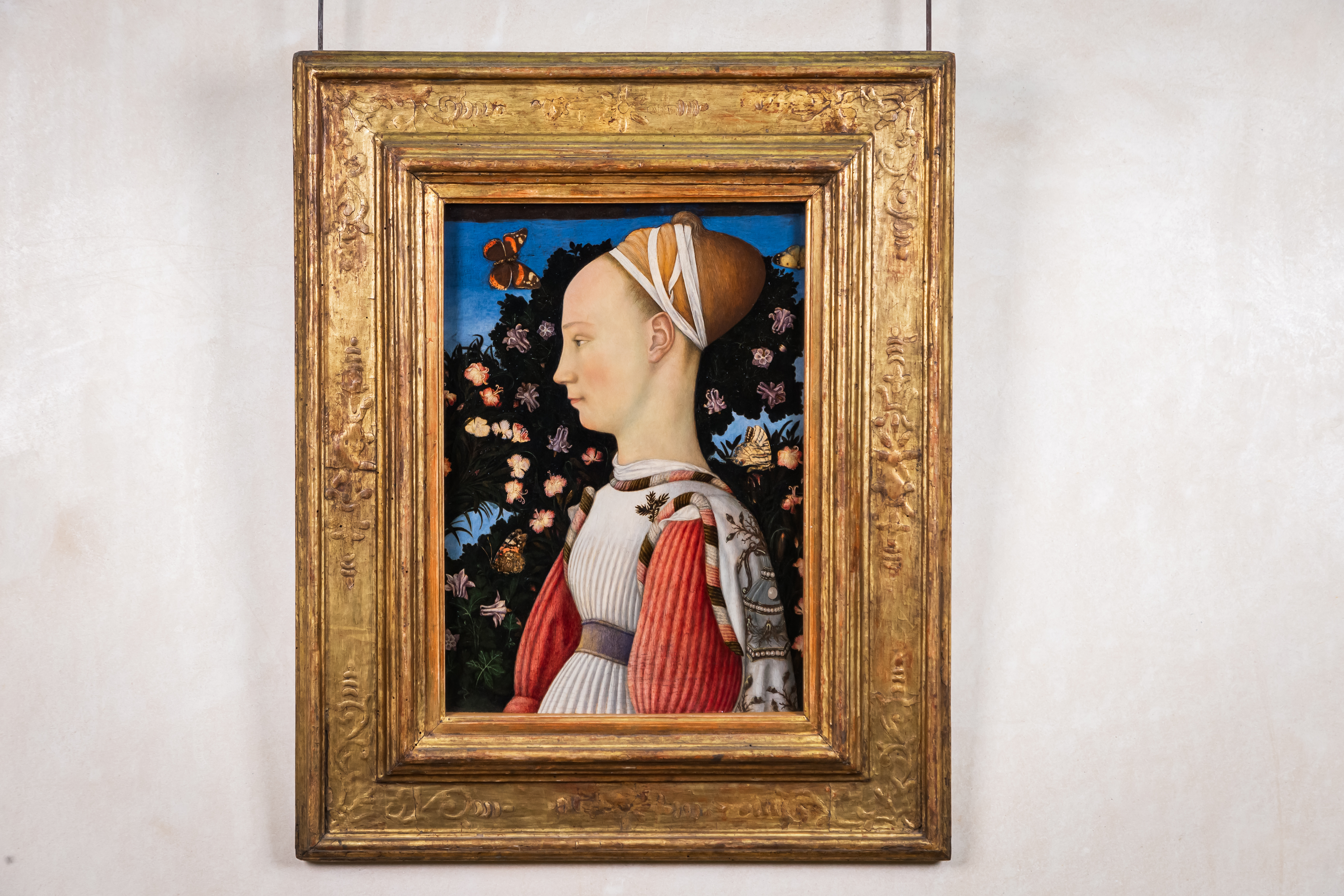
"Princesse de la Maison d’Este" (1425-1450) by Pisanello, showcased at the Louvre as part of De Toutes Beautés!, an exhibition made possible through L’Oréal’s cultural mediation, celebrating the timeless dialogue between art and beauty. Photo by Nicolas Romieu. Courtesy of L'Oréal Groupe
As I walked through the exhibition, I moved from Ancient Egypt to the French Impressionist movement, passing through Hellenic Greece and the Renaissance along the way. This journey traced how different cultures have defined beauty throughout history. From classical sculptures to portraits, the representation of beauty serves as a constant thread, present in all ages and societies, even if it’s not always overtly expressed.
This brings us back to the central question: What is beauty? Throughout history, poets, philosophers, and artists have grappled with this concept, often seeing beauty as a harmony of three fundamental ideals: truth, happiness, and peace. For Plato, beauty represents “perfection” and exists in the realm of the “Ideal Forms.” In essence, he argues that the objects we encounter in our physical world are mere imitations or shadows of their perfect Forms.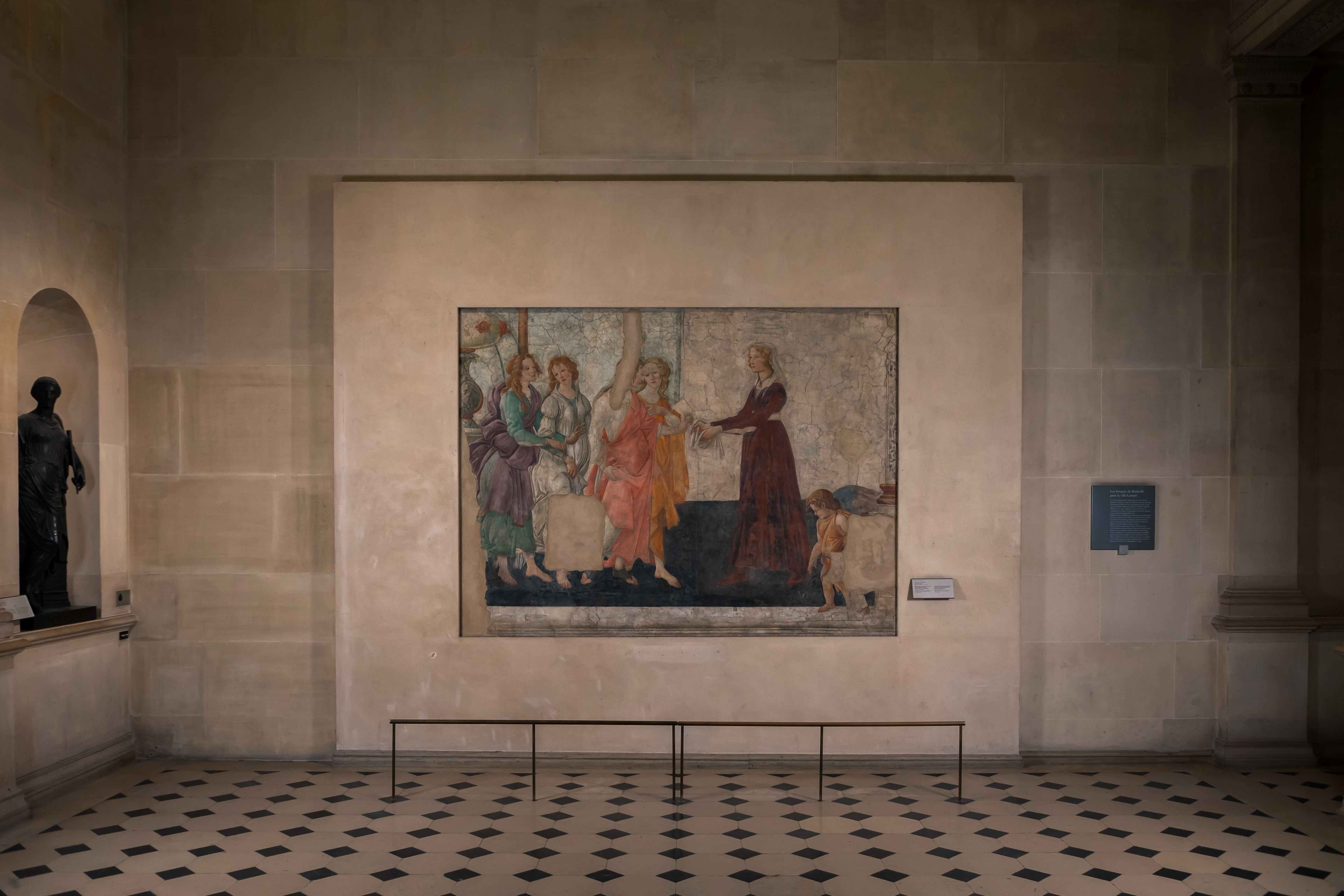
"Vénus et les Trois Grâces offrant des présents à une jeune fille" (1475) by Botticelli, showcased at the Louvre as part of De Toutes Beautés!, an exhibition exploring the connection between art and beauty, made possible through a cultural mediation partnership with L’Oréal. Photo by Nicolas Romieu. Courtesy of L'Oréal Groupe
Take a table, for instance. While tables may come in various shapes, sizes, materials, and colours, they all embody the concept of “tableness,” which represents the ideal, perfect form of a table. As a result, the physical world we experience is an imperfect reflection of the true, perfect reality that exists only in the realm of these Ideal Forms.
The Golden Ratio
For the Ancients, beauty was often associated with mathematical equations. The golden ratio, a special mathematical formula, embodies balance and harmony in art, architecture, and even nature. It was used in the construction of the Parthenon in Greece and by Leonardo da Vinci in his Vitruvian Man.
This so-called “divine proportion” is also said to manifest in the human face, particularly in the proportional relationships between different facial features. Some artists believed that the distance between the mouth and the nose, for instance, should follow the golden ratio (approximately 1.618), though this is a simplified interpretation. It is often suggested that Kate Moss’s face aligns with this ideal, which might explain her significant success in the modelling world. Many people believe that proportions based on the golden ratio are pleasing to the eye because they mirror natural patterns found in everything from the spirals of seashells to the veins of leaves.
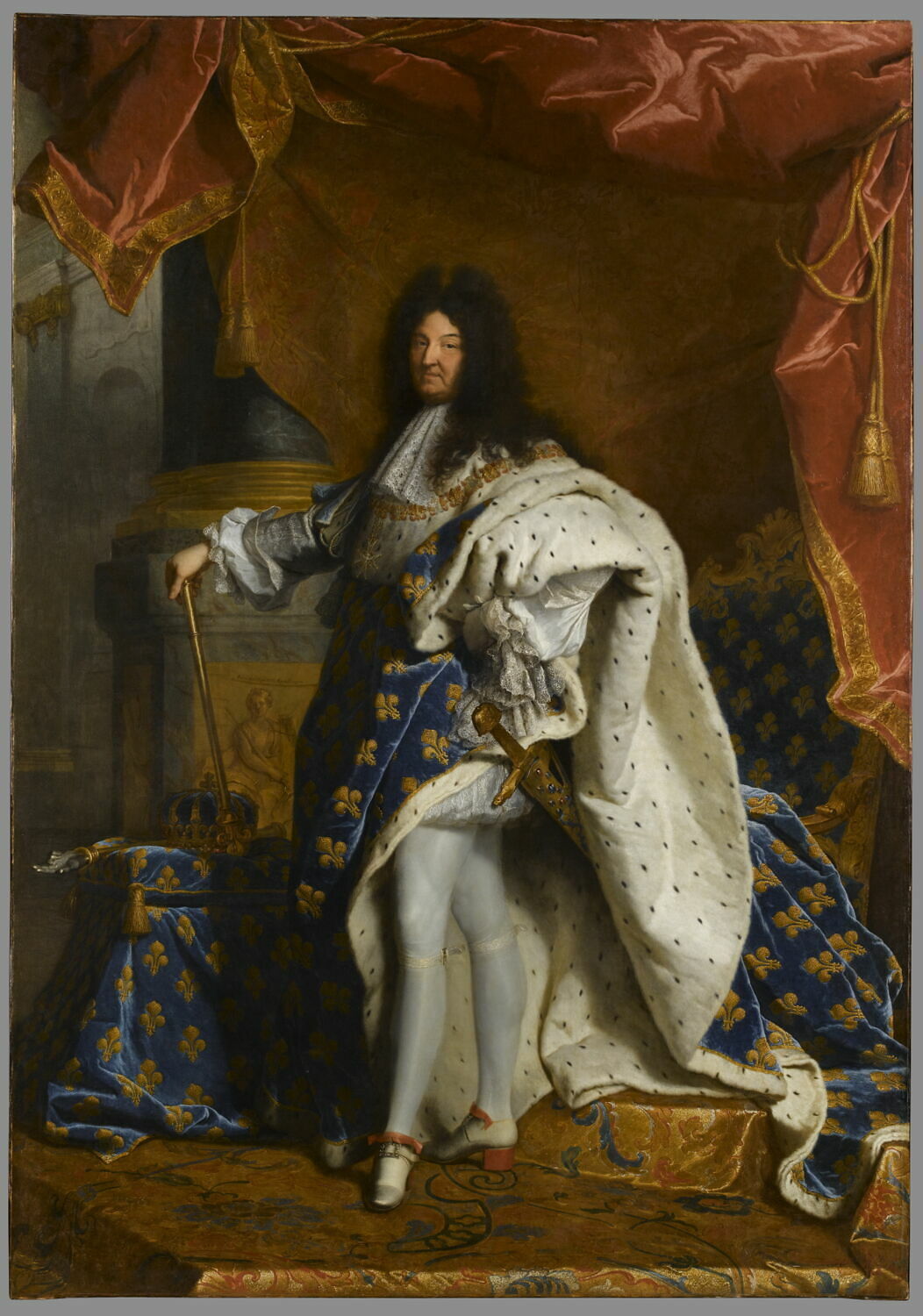
"Louis XIV, roi de France" (1701) by Rigaud, showcased at the Louvre as part of De Toutes Beautés!, an exhibition exploring the connection between art and beauty, made possible through a cultural mediation partnership with L’Oréal. Photo by Stphane Marchalle. Courtesy of L'Oréal Groupe
Whatever the underlying reasons may be, psychoanalysts point out that facial symmetry plays a significant role in determining what we find attractive. Research has shown that we tend to perceive faces with greater symmetry as more appealing than those with less. This connection between symmetry, mathematics, and art suggests that beauty may possess some objective qualities, implying that there is a certain universal truth behind its mystery.
Beauty Is in the Eye of the Beholder—What if It’s Not Entirely a Cliché?
While it’s crucial to consider the possibility of universal principles of beauty, we must also keep in mind the Latin saying “De gustibus non est disputandum,” meaning “There is no accounting for tastes.”
Philosopher Immanuel Kant suggested that judgments of beauty are often based on personal reasons. For instance, a specific fragrance might evoke vivid memories, or a song may remind someone of their childhood home. For Kant, aesthetic judgement is not solely about the object itself but rather about the individual’s personal experience with it.
Interestingly, some people find beauty in things that others may deem unusual or even strange. As Edgar Allan Poe insightfully noted, “There is no exquisite beauty without a certain strangeness of proportion.” This suggests that beauty, in its most captivating form, often resides in what defies conventional norms.
We Can Choose Our Own Beauty Heroes
As I concluded my journey through the “De Toutes Beautés!” itinerary at the Louvre, fully immersed in its exploration of beauty’s diverse representations, I couldn’t help but reflect on how this conversation resonates in our world today. It’s evident that while we can easily identify what we personally find beautiful and what we don’t like, defining the concept of beauty remains a challenge—even in modern times. Shaped by a variety of cultural and historical influences, our understanding of beauty is deeply intertwined with our personal experiences, yet it also aligns with certain universal and mathematical principles that everyone can appreciate.
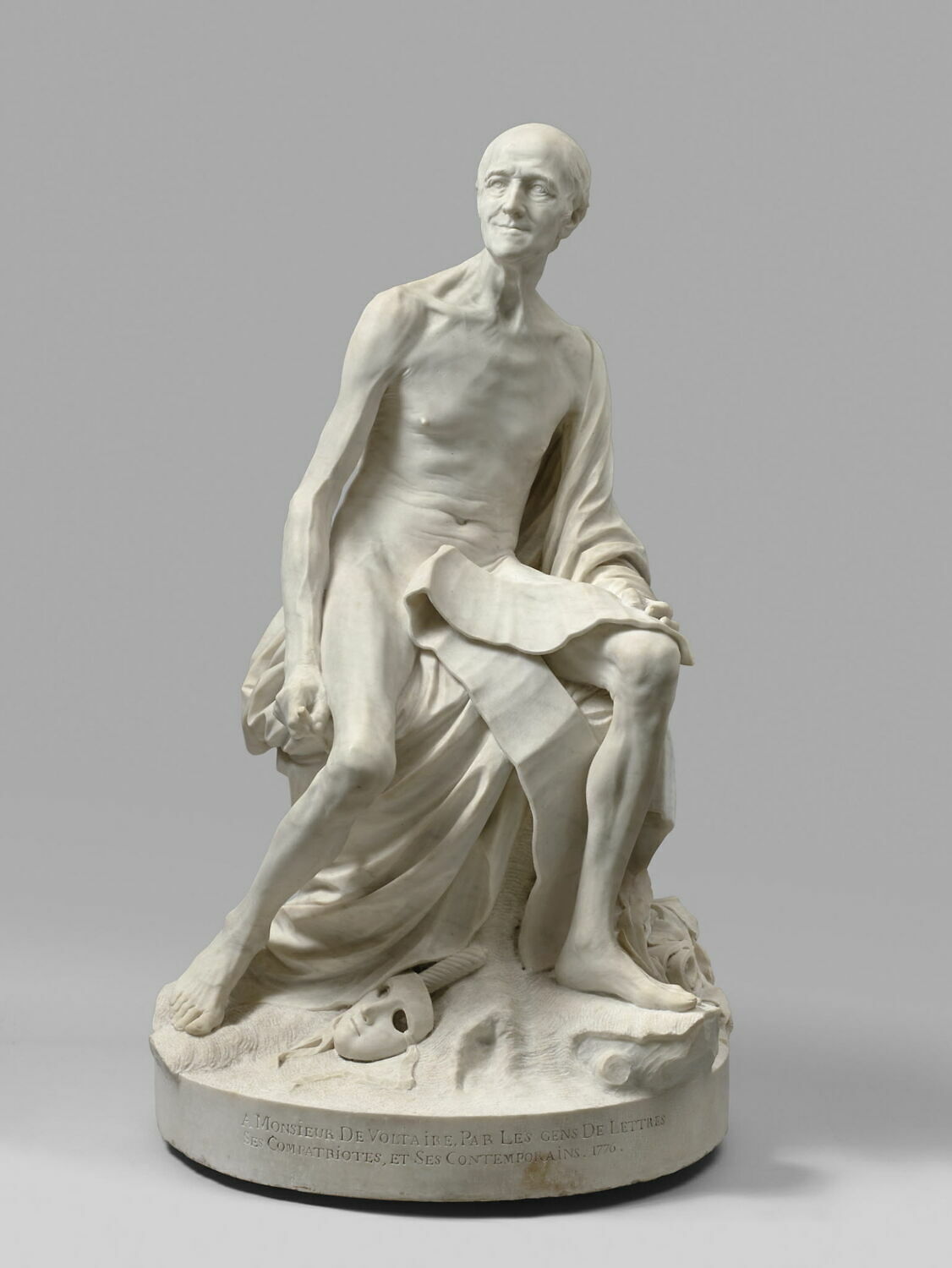
"Voltaire nu" (1776) by Pigalle, showcased at the Louvre as part of De Toutes Beautés!, an exhibition exploring the connection between art and beauty, made possible through a cultural mediation partnership with L’Oréal. Photo by Herv Lewandowski. Courtesy of L'Oréal Groupe
As I left the Louvre that day, I realised that beauty is rarely a “one size fits all” concept. It holds a universal appeal that transcends time and space, yet it thrives in its diverse forms. What one person finds beautiful today may not resonate the same way tomorrow, and my tastes might differ from yours or anyone else’s. Nevertheless, one truth holds firm: Beauty exists in countless forms, waiting to be recognised, celebrated, and understood. And, as we ponder this, let’s remember that we all possess our own unique beauty.
Mia Shehade
Second-year Fashion Business student, Paris


